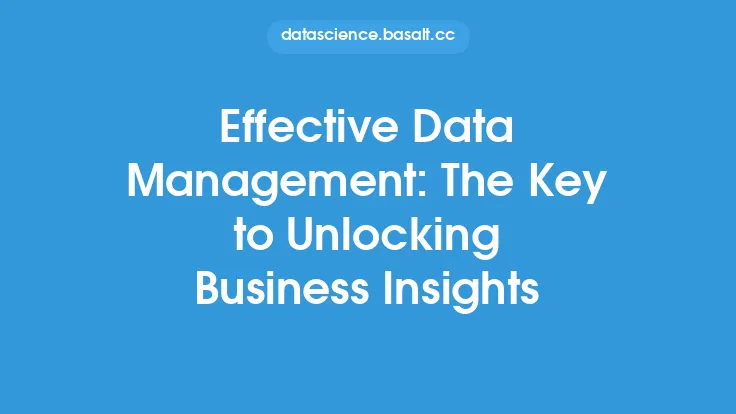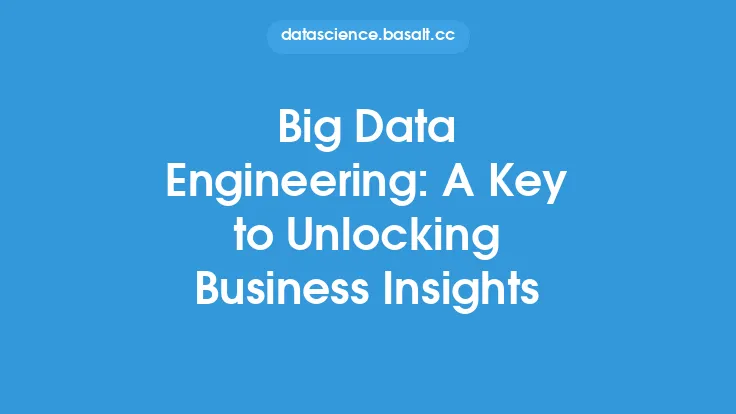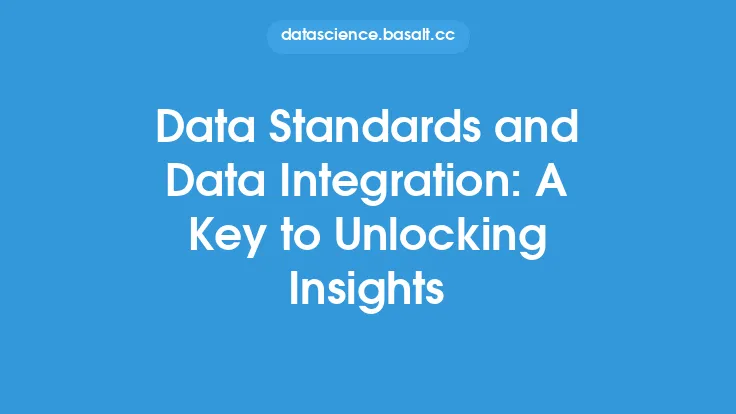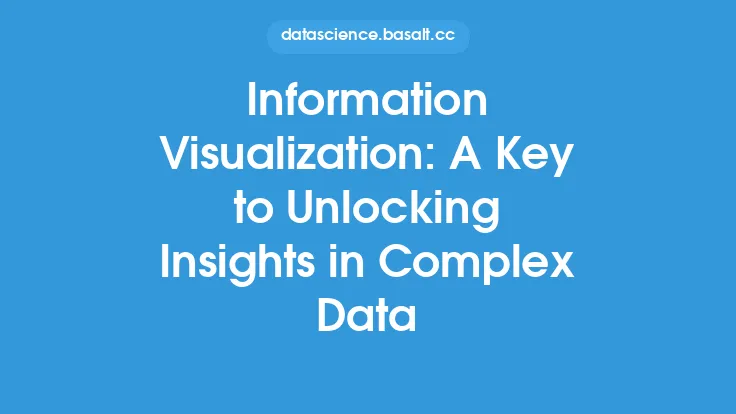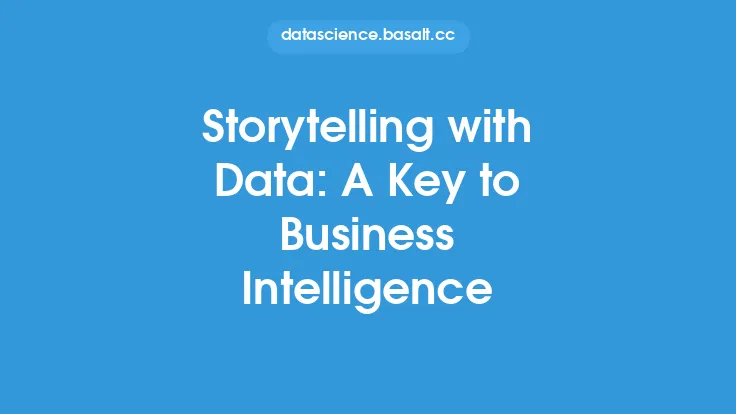In today's data-driven world, organizations are constantly seeking ways to extract valuable insights from their data to inform business decisions. However, the sheer volume and complexity of data can make it difficult to unlock these insights. One crucial step in overcoming this challenge is data standardization. Data standardization is the process of transforming data into a consistent format, making it easier to compare, analyze, and understand. This process is essential for ensuring data quality, which is a critical component of any successful business intelligence strategy.
What is Data Standardization?
Data standardization involves converting data into a standardized format, which enables organizations to compare and analyze data from different sources. This process typically involves several steps, including data profiling, data cleansing, and data transformation. Data profiling involves analyzing the data to identify patterns, inconsistencies, and errors. Data cleansing involves correcting errors and inconsistencies in the data, while data transformation involves converting the data into a standardized format. The goal of data standardization is to create a unified view of the data, which can be used to support business decision-making.
Benefits of Data Standardization
Data standardization offers several benefits, including improved data quality, increased efficiency, and enhanced decision-making. By standardizing data, organizations can reduce errors and inconsistencies, which can lead to incorrect insights and poor decision-making. Standardized data also enables organizations to integrate data from different sources, creating a more comprehensive view of the business. This, in turn, can lead to better decision-making, as organizations can analyze data from different sources to identify trends and patterns. Additionally, data standardization can improve data sharing and collaboration, as standardized data can be easily shared and understood by different stakeholders.
Data Standardization Techniques
There are several data standardization techniques that organizations can use, depending on the type and complexity of the data. One common technique is data normalization, which involves scaling numeric data to a common range, usually between 0 and 1. This technique is useful for comparing data from different sources, as it enables organizations to analyze data on a level playing field. Another technique is data aggregation, which involves combining data from different sources into a single dataset. This technique is useful for creating a unified view of the data, which can be used to support business decision-making. Other techniques include data masking, data encryption, and data tokenization, which are used to protect sensitive data and ensure data privacy.
Data Standardization Tools and Technologies
There are several data standardization tools and technologies that organizations can use to support the data standardization process. One common tool is data integration software, which enables organizations to integrate data from different sources into a single dataset. Another tool is data quality software, which enables organizations to profile, cleanse, and transform data into a standardized format. Other tools and technologies include data governance platforms, data catalogs, and data lineage tools, which are used to manage and track data throughout its lifecycle. Additionally, organizations can use programming languages such as Python and R, which offer a range of libraries and frameworks for data standardization and analysis.
Challenges and Limitations of Data Standardization
While data standardization is a critical component of any successful business intelligence strategy, it is not without its challenges and limitations. One common challenge is data complexity, as organizations often have to deal with large volumes of data from different sources. Another challenge is data quality, as poor data quality can make it difficult to standardize data. Additionally, data standardization can be a time-consuming and resource-intensive process, requiring significant investment in tools, technologies, and personnel. Furthermore, data standardization may not always be possible, as some data may be too complex or sensitive to standardize.
Best Practices for Data Standardization
To overcome the challenges and limitations of data standardization, organizations should follow best practices for data standardization. One best practice is to establish a data governance framework, which outlines the policies and procedures for data management and standardization. Another best practice is to use data quality metrics, which enable organizations to measure and track data quality throughout the standardization process. Additionally, organizations should use data standardization tools and technologies, which can automate and streamline the standardization process. Furthermore, organizations should establish a data standardization team, which can oversee the standardization process and ensure that data is standardized consistently across the organization.
Conclusion
In conclusion, data standardization is a critical component of any successful business intelligence strategy. By standardizing data, organizations can improve data quality, increase efficiency, and enhance decision-making. While data standardization is not without its challenges and limitations, organizations can overcome these challenges by following best practices for data standardization and using data standardization tools and technologies. As data continues to play an increasingly important role in business decision-making, the importance of data standardization will only continue to grow. Therefore, organizations should prioritize data standardization and make it a core component of their business intelligence strategy.
